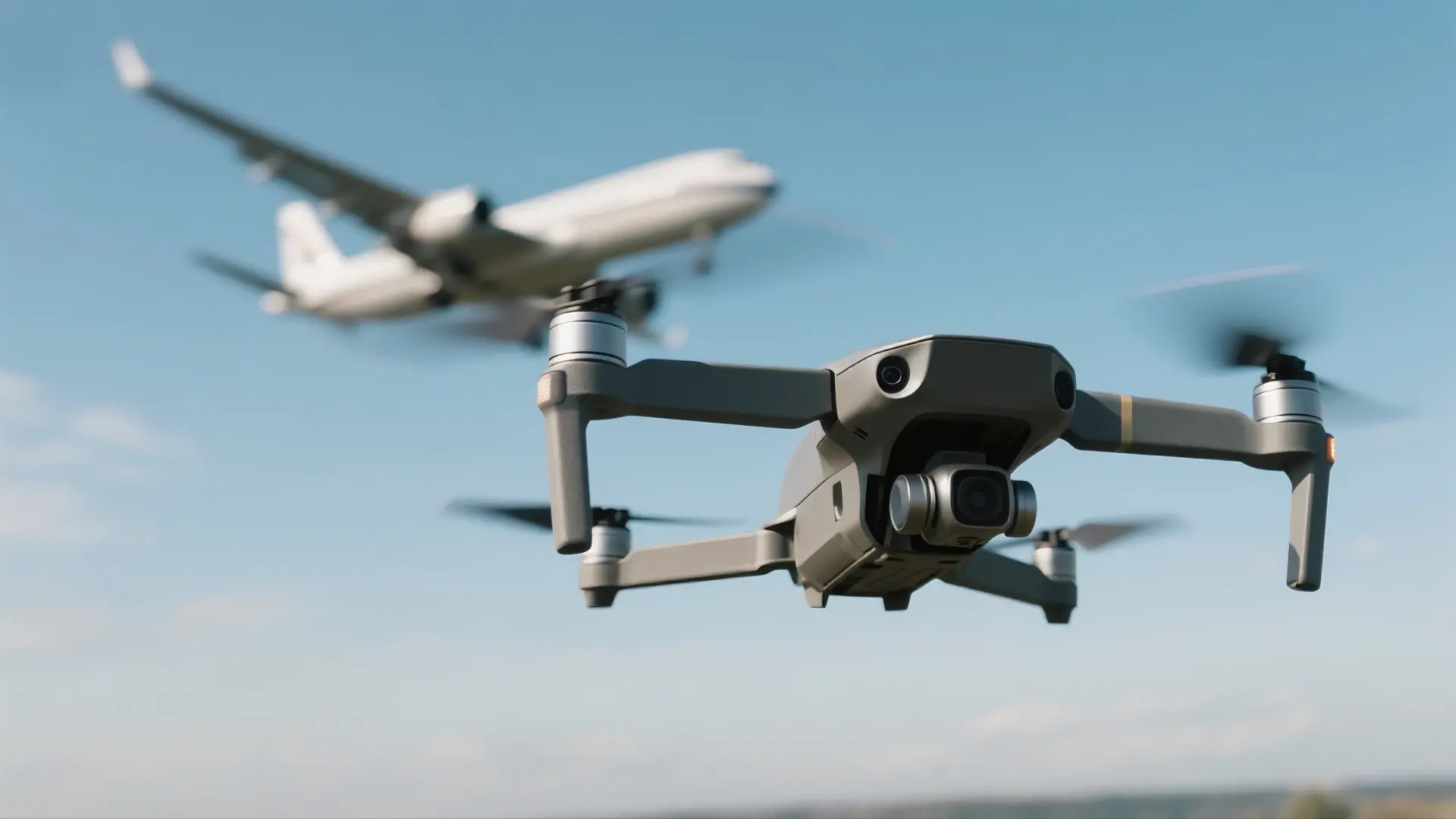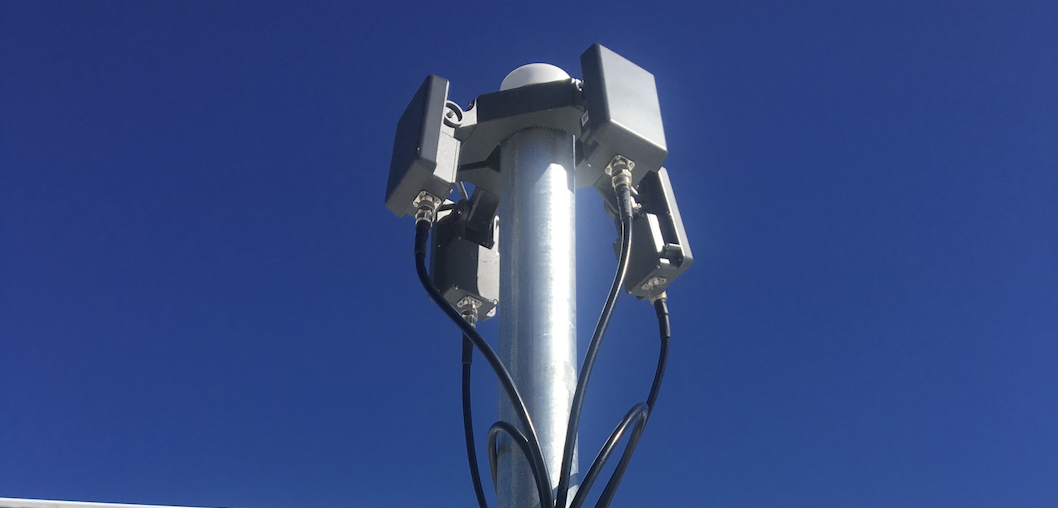True operational safety isn't just about knowing an unmanned aircraft is present; it's about understanding its behavior in the context of all surrounding air traffic. Is it near a restricted zone? Is it on a potential collision course with a helicopter? Answering these questions requires a complete, three-dimensional view of the sky.
This is why the integration of ADS-B data into the AirGuard system is more than just a feature—it's a fundamental evolution in airspace management.

Understanding the Layers: Drones and Traditional Aircraft
Modern airspace is a complex environment shared by two distinct types of traffic:
- Unmanned Aircraft (Drones): These are often small, fly at low altitudes, and may not actively broadcast their location. Detecting them requires specialized systems like AirGuard that can identify non-cooperative targets.
- Manned Aircraft: Helicopters, airplanes, and other traditional aircraft are equipped with a system called ADS-B (Automatic Dependent Surveillance-Broadcast). ADS-B is the standard by which these aircraft automatically transmit their identity, position, altitude, and velocity to air traffic control and other properly equipped aircraft.
Historically, these two layers have been viewed on separate systems. Security teams could see drones on one screen and manned aircraft on another, leaving them to mentally piece together the full operational picture. AirGuard’s ADS-B integration shatters this divide.
The AirGuard Solution: A Single, Unified Airspace View
By integrating a live feed of ADS-B data, the AirGuard system plots the real-time positions of airplanes and helicopters directly onto the same interface where it displays detected drones. For an operator, this provides immediate, critical context in a single glance.
This unified view allows security personnel to move beyond simple detection and into advanced risk assessment:
- Collision and Conflict Analysis: The system instantly visualizes the proximity of a detected drone to any manned aircraft. This allows operators to determine if a drone is posing a direct threat to a flight path, particularly in the critical takeoff and landing phases near airfields.
- Assessing Intent: A drone flying erratically is one thing; a drone that appears to be following a specific helicopter or approaching a runway is another matter entirely. By seeing both tracks on one screen, operators can more accurately assess the potential intent and threat level of an unmanned aircraft.
- Operational Clarity for High-Risk Environments: For facilities like airports, hospitals with helipads, or critical infrastructure, this feature is indispensable. Security teams can instantly differentiate between a scheduled medical helicopter arrival and an unauthorized drone that has breached the perimeter, allowing for a faster, more appropriate response.
The New Standard for Airspace Security
The future of airspace management is not just about identifying individual threats, but about understanding the complex interplay of all aerial activity. By seamlessly layering ADS-B data from manned aircraft with its own advanced detection of unmanned drones, AirGuard provides the true 3D situational awareness that professional security operations require.
It transforms airspace security from a simple question of "Is there a drone?" to a more intelligent and actionable understanding of "What is happening in my airspace right now?" This comprehensive view is the new standard for protecting critical infrastructure in the modern age.











